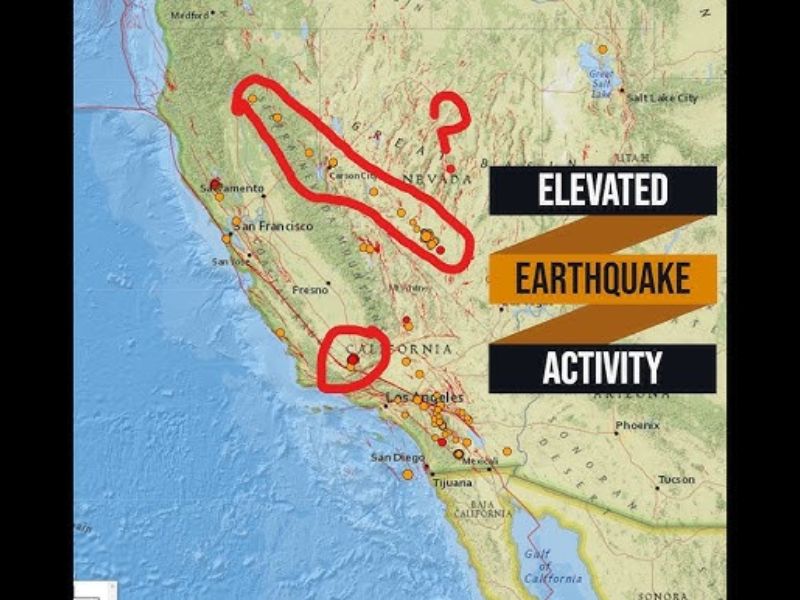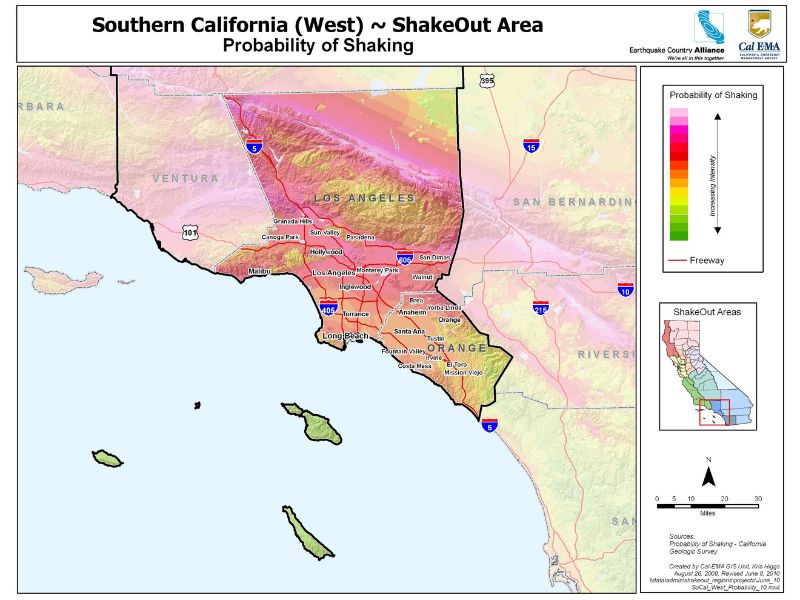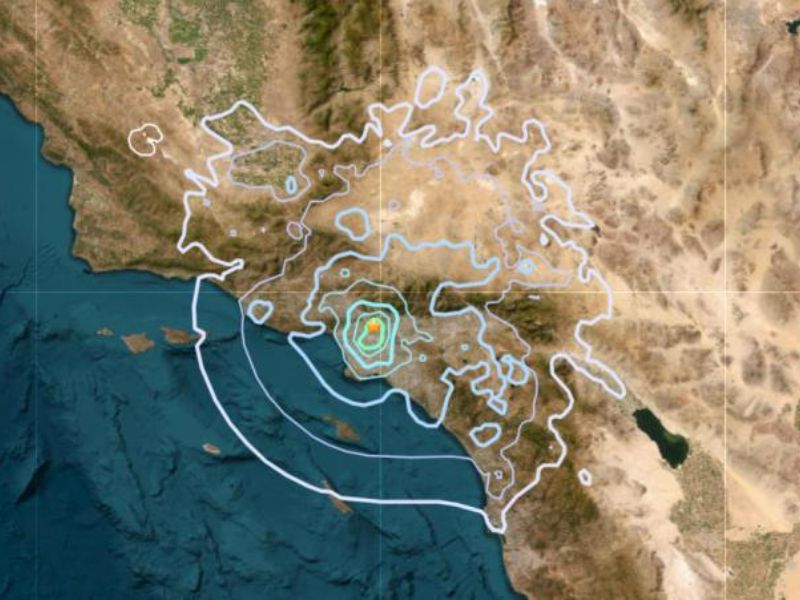Table of Contents
ToggleEarthquake in Los Angeles: A 4.7 Magnitude Quake Shakes Southern California
On Thursday morning, a 4.7 greatness Earthquake jarred the Los Angeles zone, clearing out millions over Southern California shaken, even though luckily, no wounds or noteworthy harm were quickly detailed. Agreeing to the U.S. Topographical Overview (USGS), the Earthquake struck at 7:28 a.m. with its epicenter found 4.3 miles north of Malibu at a profundity of about seven miles.
The tremor, at first measured at a size of 5.1, was downsized to 4.6 and afterward reexamined to 4.7. This sort of fast alteration is common in seismology as more precise information is collected within the minutes and hours taken after an occasion. Indeed with the minimize, the effect of the Earthquake was far-reaching, with reports of shaking coming from the Inland Realm, Orange Province, and coastal regions.
Earthquake Activity in Southern California

Even though this Earthquake was noteworthy in terms of estimate and the number of individuals who felt it, it did not result in any prompt reports of basic harm or wounds. After the beginning shake, a 2.8 greatness aftershock struck the same region fairly a couple of minutes afterward, as is regularly the case with seismic events. Aftershocks are smaller tremors that take after the most shake, and whereas they are ordinarily less strong, they can still cause encourage harm in areas already influenced by the primary quake.
Southern California, beside Gold Country, is among the foremost seismically dynamic locales in North America. The Earthquake Thursday morning served as an update of the ever-present hazard in a region confused by fault lines, most outstandingly the San Andreas Blame.
The Science Behind Earthquakes
Earthquakes happen when stress builds up along blame lines within the Earth’s hull. When this push surpasses the quality of rocks along blame, it is all of a sudden discharged within the shape of seismic waves. These waves transmit outward from the earthquake’s epicenter, shaking the ground and structures.
The Earthquake close to Malibu was categorized as a shallow occasion since it happened at a profundity of around seven miles. Shallow Earthquakes, which are less than 70 kilometers deep, tend to be felt more emphatically at the surface compared to more profound earthquakes. Despite its generally shallow profundity, Thursday’s Earthquake did not cause critical harm, to a great extent since it struck seaward and was absent from thickly populated urban centers.
What To Do During an Earthquake
As Thursday’s occasion appears, knowing what to do amid an Earthquake is basic for minimizing harm. The California Office of Open Wellbeing (CDPH) and other security organizations offer rules to guarantee individuals can secure themselves when the ground begins shaking. The foremost vital steps to keep in mind can be summarized by the expression “Drop, Cover, and Hold On.”
The primary activity to require amid an Earthquake is to drop to your hands and knees. This position makes a difference you maintain a strategic distance from being thumped over by solid shaking and makes it less demanding to move to security.
Cover: On the off chance that conceivable, take cover beneath a tough table or work area. Utilize your arms to shield your head and neck from falling flotsam and jetsam. On the off chance that no protection is accessible, move to an inside divider and remain absent from windows, which can smash. Being on your knees makes a difference secure your crucial organs.
Hold On: Once beneath cover, hold on to your protection until the shaking stops. If your project shifts, be arranged to move with it. Remaining input makes a difference guarantees merely are as secure as conceivable amid the tremor.
These basic steps can essentially decrease the chance of harm amid an Earthquake, particularly in zones inclined to seismic movement like Southern California.
The Importance of Earthquake Preparedness

The Earthquake in Malibu could be an update that readiness is significant for anybody living in a seismically dynamic region. While it’s outlandish to anticipate when another Earthquake will strike, there are a few measures that people and families can take to guarantee they are prepared:
- Create an Emergency Kit: Have a crisis pack supplied with fundamentals like water, non-perishable nourishment, first-aid supplies, electric lamps, and batteries. The Government Crisis Administration Office (FEMA) prescribes having sufficient supplies to final at least 72 hours.
- Secure Your Home: Distinguish potential risks in your domestic and secure overwhelming furniture, water radiators, and other things that seem to tip over amid an Earthquake. Introduce adaptable associations on gas apparatuses to decrease the chance of spills.
- Make a Family Plan: Create an arrangement together with your family that traces what to do amid and after an Earthquake. Build up assembly focuses, communication plans, and clearing courses.
- Practice Earthquake Drills: Regularly practice earthquake drills at home, work, or school. This helps ensure everyone knows what to do when the shaking begins.
Also Read:
- 3-Year-Old Khloe Marlow Found Safe: Amber Alert Canceled
- Peter Nygard Sentenced to 11 Years for Sexual Assault: A Shocking Case
Conclusion
Thursday’s 4.7 greatness Earthquake could be an update that, for millions of Californians, earthquakes are an unavoidable portion of life. Whereas this specific occasion didn’t result in critical harm or wounds, it served as a critical provoke for everybody within the locale to survey their Earthquake readiness plans and take proactive steps to guarantee their security. By knowing what to do during an Earthquake and staying prepared, individuals can minimize the dangers related to living in one of the foremost seismically dynamic districts in the world.

